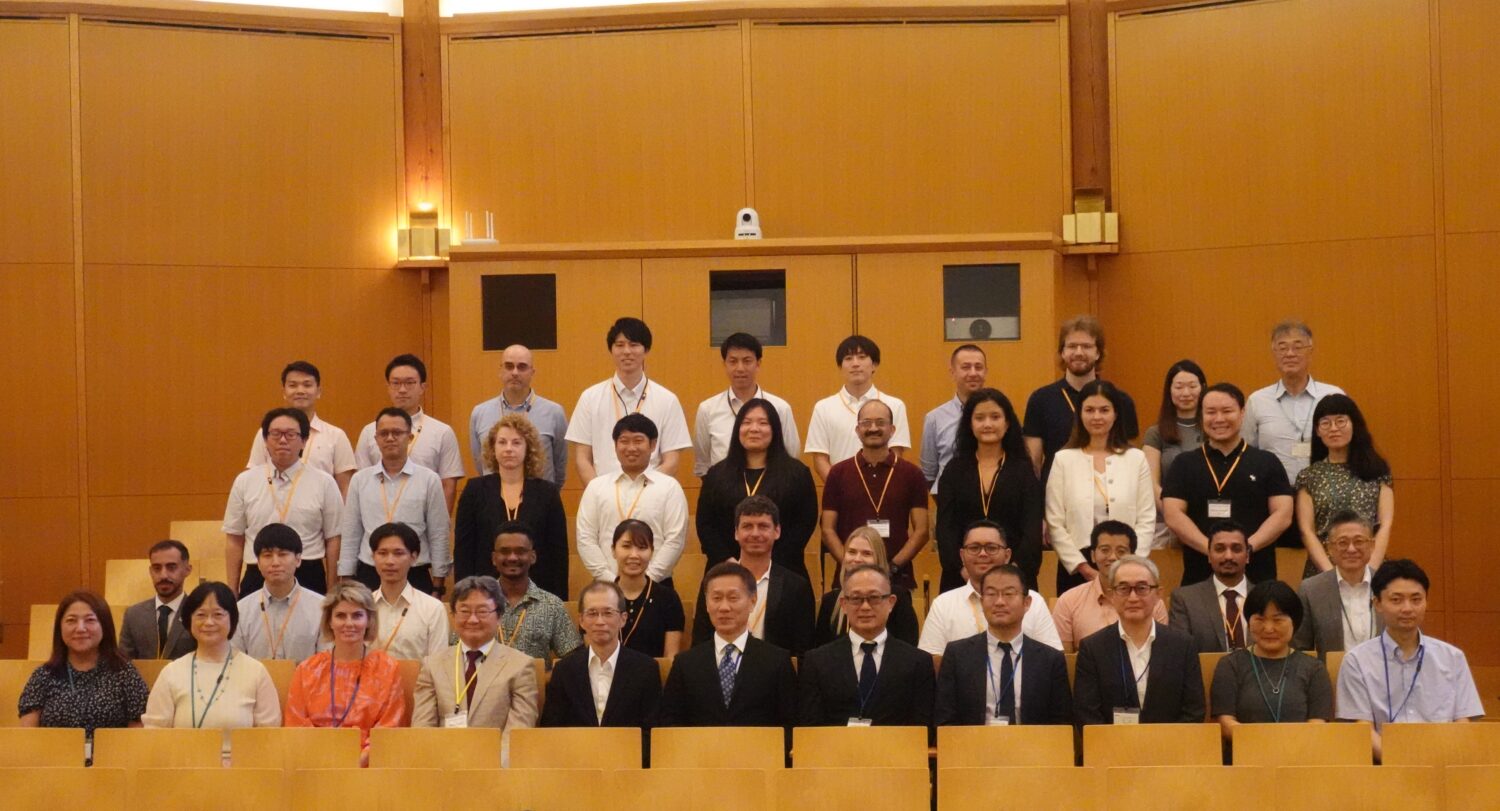By stating the percentage of renewables as higher than that of nuclear power, METI is believed to be seeking understanding on continued use of nuclear power.
In FY13 (April 2013 to March 2014), renewable energies only represented 10.7% of the energy mix. However, the Strategic Energy Plan issued in April 2014 aims at increasing that level to more than 20% by 2030.
Among renewable energies, solar power has increased most conspicuously in recent years. METI will support renewable energies more broadly, including geothermal, wind power and biomass, to achieve well-balanced growth.
Meanwhile, the Strategic Energy Plan states clearly that dependence on nuclear power will be reduced as much as possible. That means that the nuclear percentage in the mix must be reduced from the 28.6% it was in FY10, before the giant earthquake of March 11, 2011.
Regarding “base-load power sources” — including nuclear, hydro, coal-fired and geothermal — METI and the Liberal Democratic Party (LDP) want to set them at about 60% of the total. Given that it is difficult to substantially increase hydro, coal-fired and geothermal, nuclear power may settle in at more 20%. The LDP submitted a proposal to Prime Minister Shinzo Abe on April 7.
METI hopes to finalize the composition of power sources by the end of April.
Meanwhile, on April 3, Ministry of the Environment released its own estimate, showing that the percentage of renewable energies could be increased to 35% at maximum. That, however, is preconditioned on additional measures, including the development and enhancement of transmission networks and the use of storage batteries. No cost estimates for such measures were given.










